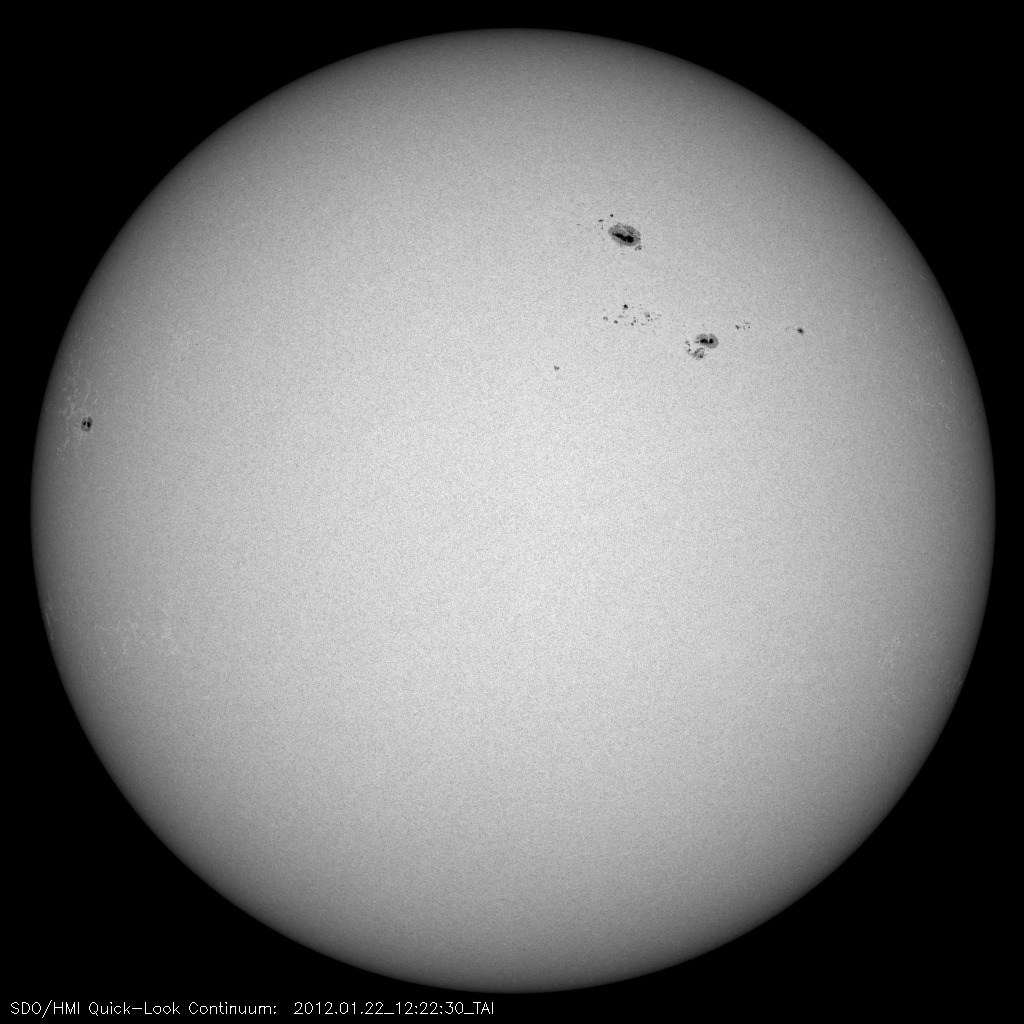
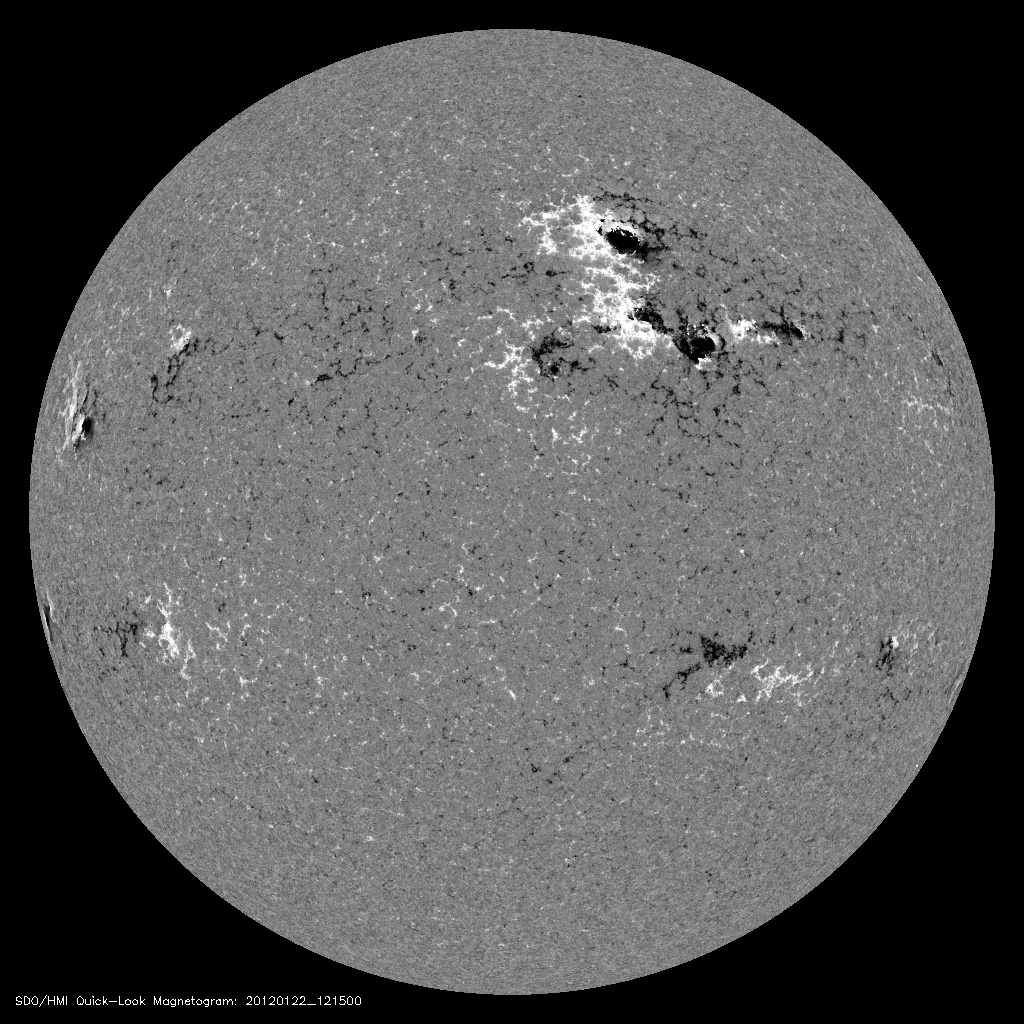
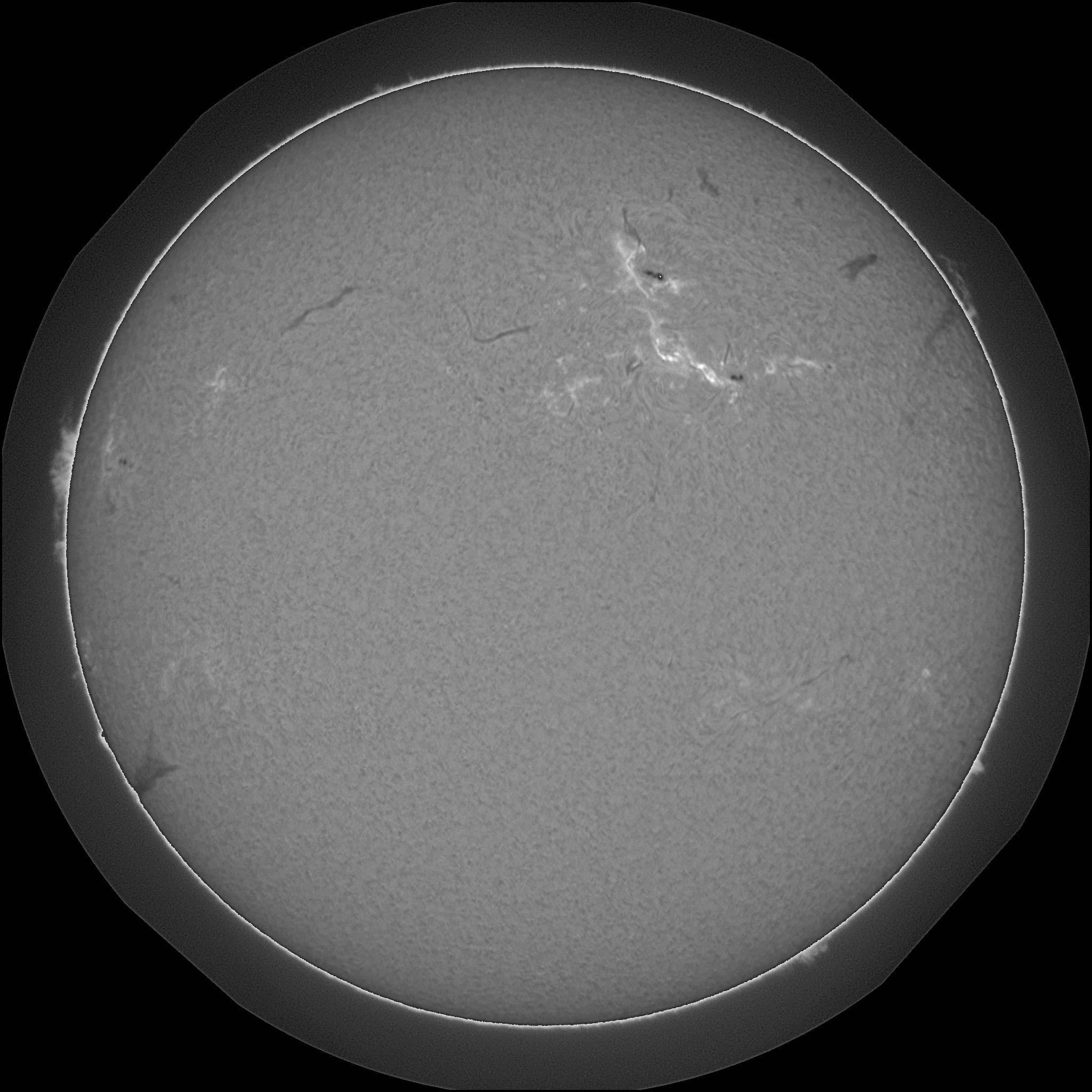
Region
Reports
Notes
Date: January 22, 2012 12:45:37 UT
MM#009 Default HESSI Target
NOAA region 11401 has maintained spot area, number of spots and a beta/E-type sunspot group class. This region continues to produce C-class events, the largest being a C7.1 flare on 22-Jan-2012 at 02:32 UT. More C-class activity is expected in the next 24 hours, with a chance for an M-class event.
The position of NOAA 11401 on 22-Jan-2012 at 13:00 UT is: N17W19, ( 306", 365" )
Shaun Bloomfield (Trinity College Dublin)
MM#009 Default HESSI Target
NOAA region 11401 has maintained spot area, number of spots and a beta/E-type sunspot group class. This region continues to produce C-class events, the largest being a C7.1 flare on 22-Jan-2012 at 02:32 UT. More C-class activity is expected in the next 24 hours, with a chance for an M-class event.
The position of NOAA 11401 on 22-Jan-2012 at 13:00 UT is: N17W19, ( 306", 365" )
Shaun Bloomfield (Trinity College Dublin)
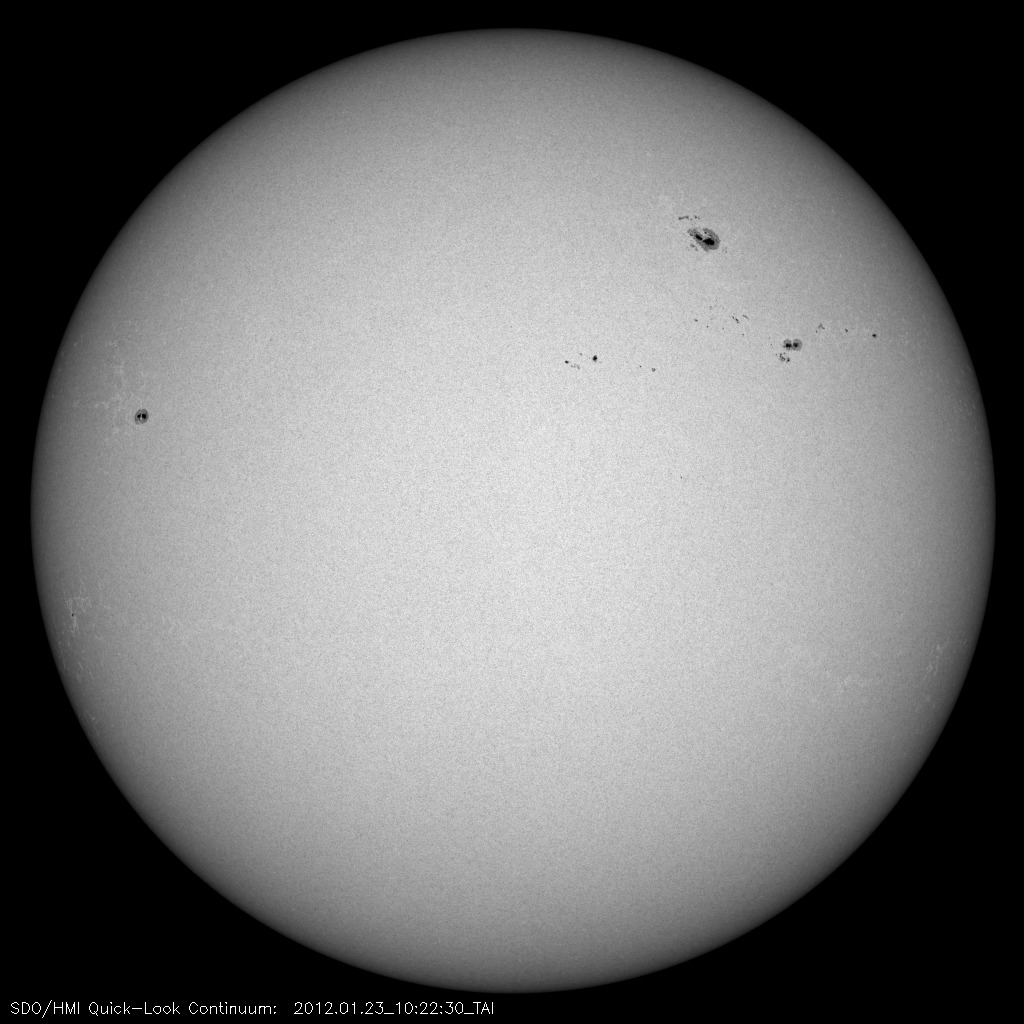
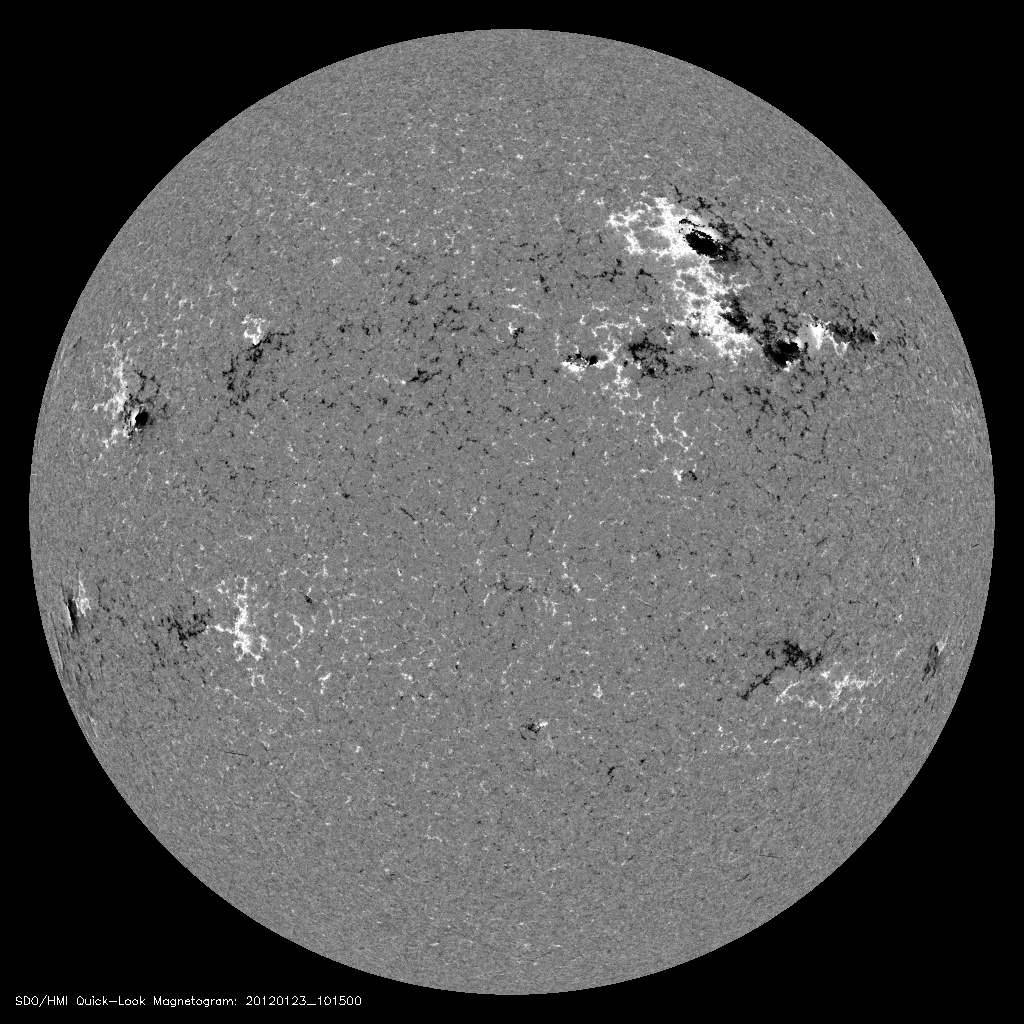
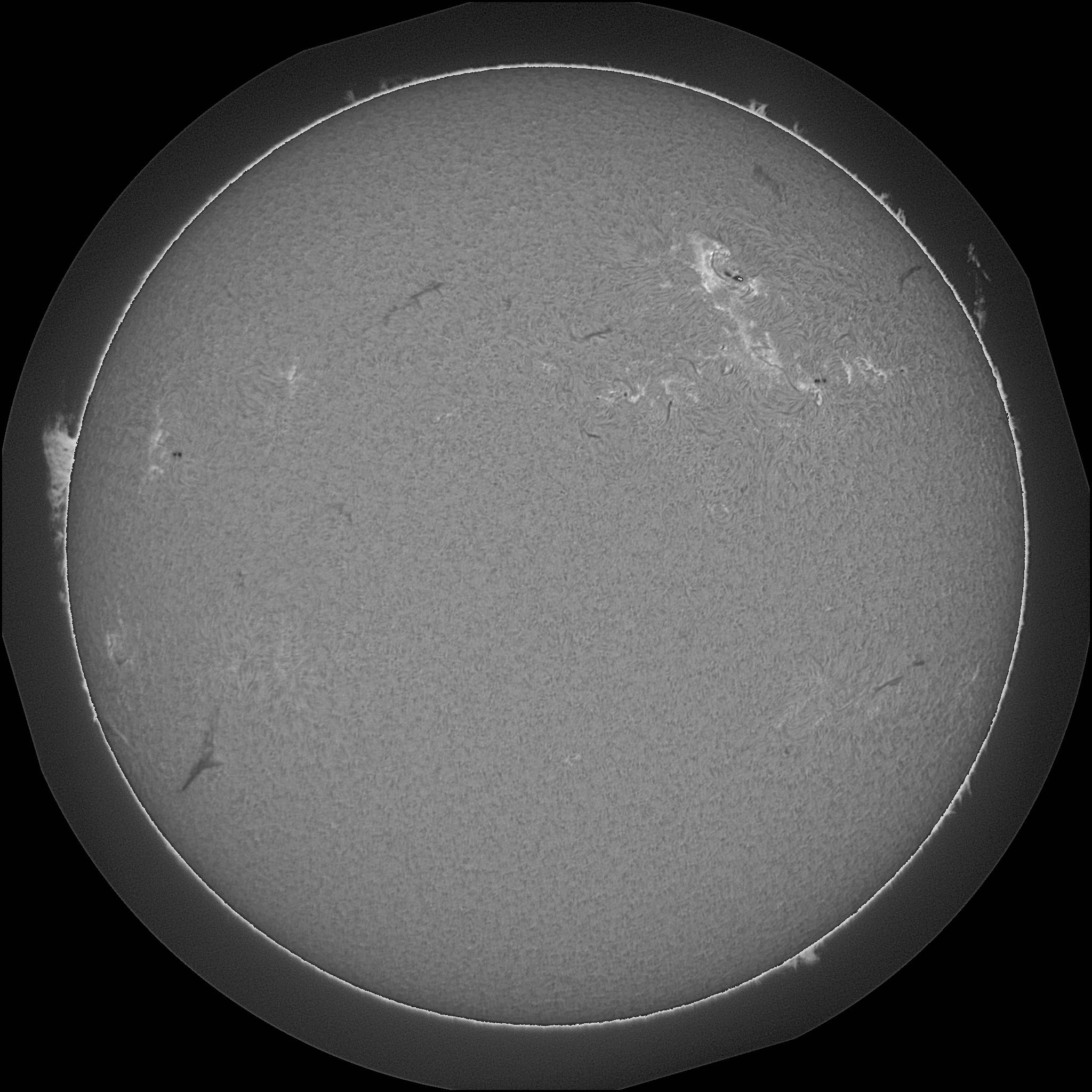
Region
Reports
Notes
MM#003 Major Flare Watch
NOAA region 11402
produced an M8.7 event on 23-Jan-2012 at 03:38 UT. We are now
implementing a Major Flare Watch campaign as there is an increased
chance for another >M5
flare in the next 24 hours. Observers are encouraged to include NOAA 11402 and the trailing spots of NOAA 11401 in the field-of-view if at all possible.
The position of NOAA 11402 on 23-Jan-2012 at 11:00 UT is: N29W29, ( 412", 541" )
Shaun Bloomfield (Trinity College Dublin)
flare in the next 24 hours. Observers are encouraged to include NOAA 11402 and the trailing spots of NOAA 11401 in the field-of-view if at all possible.
The position of NOAA 11402 on 23-Jan-2012 at 11:00 UT is: N29W29, ( 412", 541" )
Shaun Bloomfield (Trinity College Dublin)
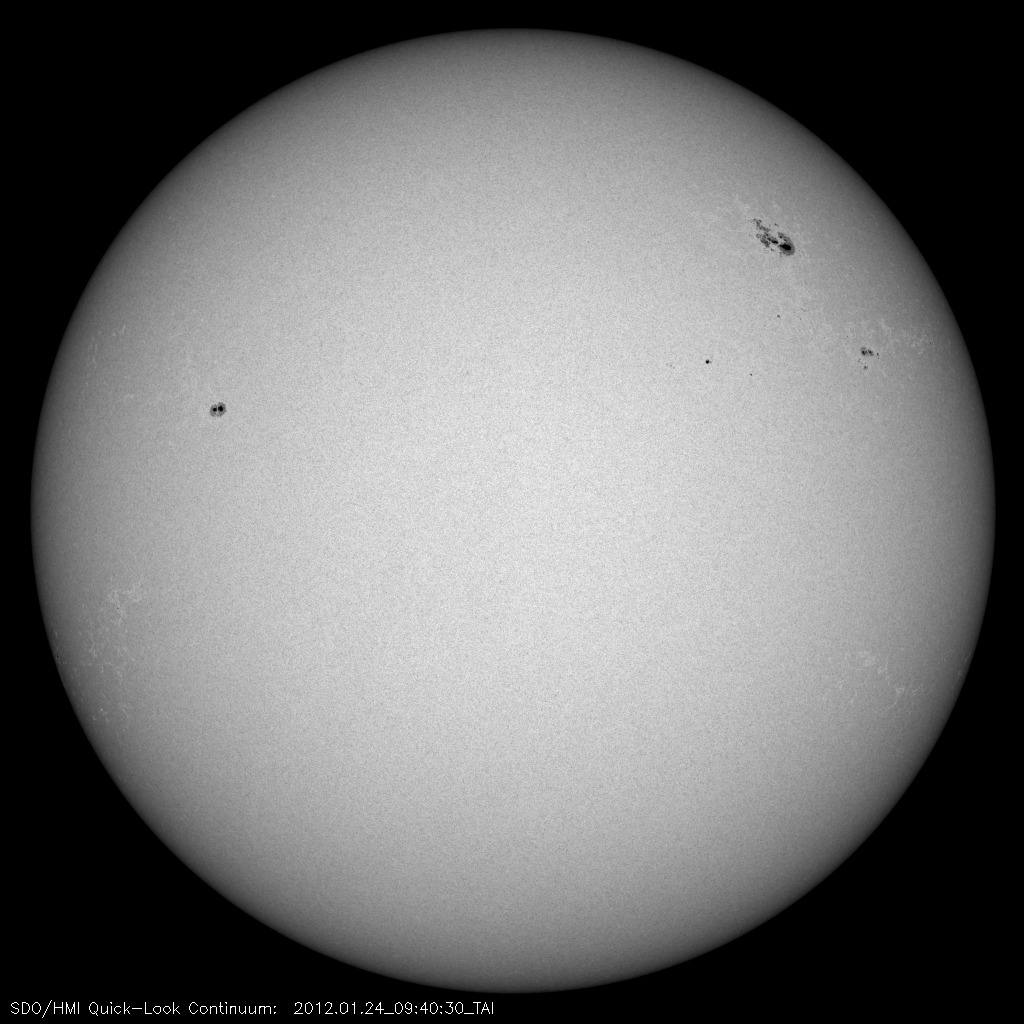
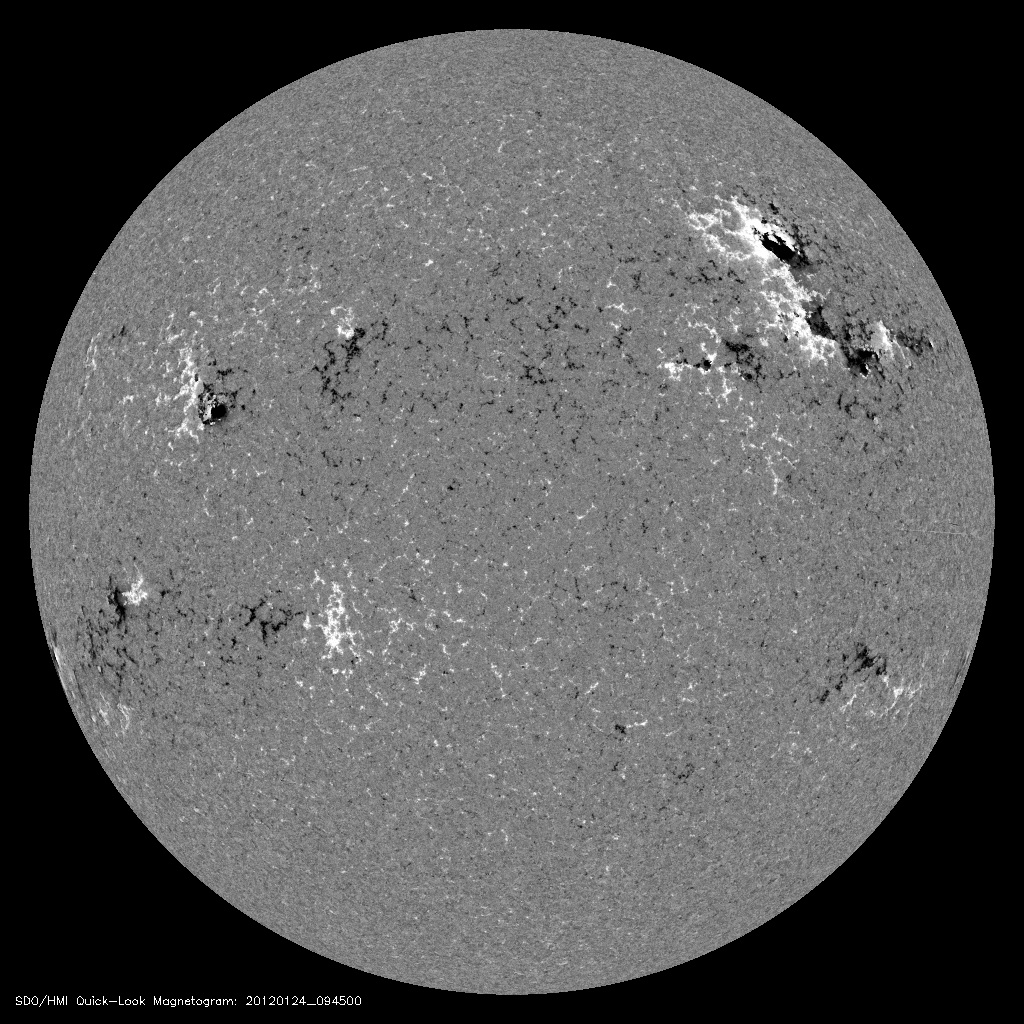
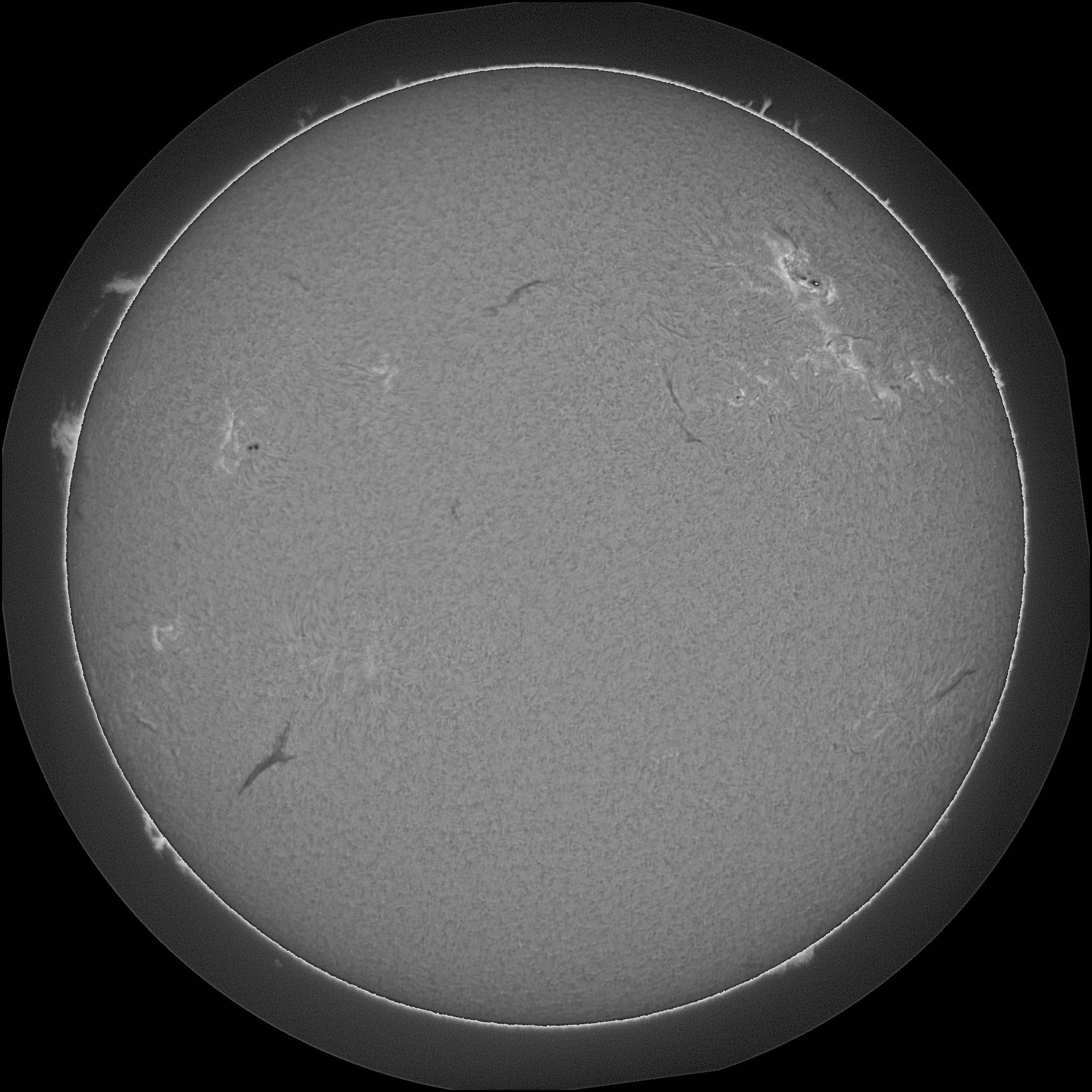
Region
Reports
Notes
MM#003 Major Flare Watch
The Major Flare Watch campaign will continue for today, despite NOAA regions 11402 and 11401 decaying further. Both regions show signs of fragmentation and have decreased in area, while the primary spots of NOAA 11402 have also lost a significant amount of penumbral coverage since the last message. The primary target is NOAA 11402, due to the extremely proton-rich M8.7 flare it produced on 23-Jan-2012 at 03:38 UT. Observers are again encouraged to include the trailing spots of NOAA 11401 in the field-of-view if at all possible.
The position of NOAA 11402 on 24-Jan-2012 at 10:00 UT is: N28W41, ( 570", 517" )
Shaun Bloomfield (Trinity College Dublin)
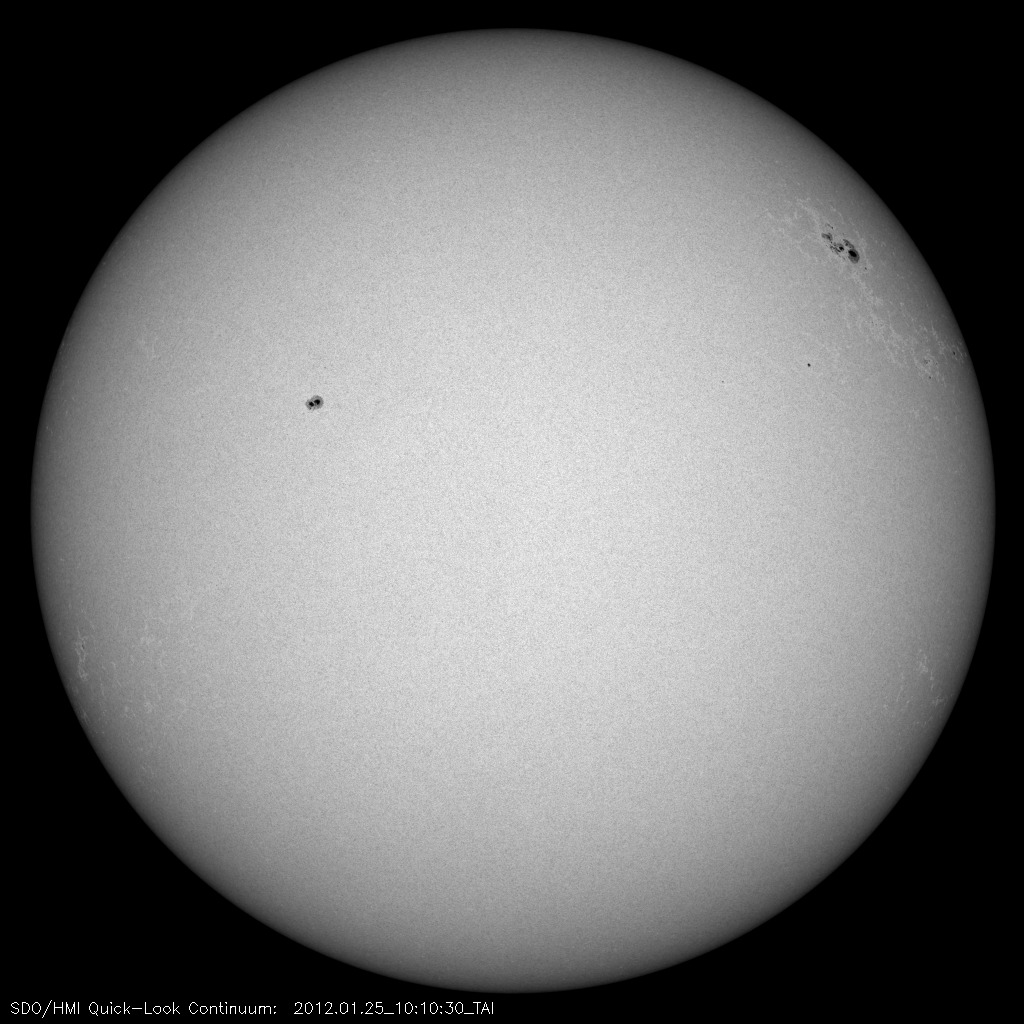
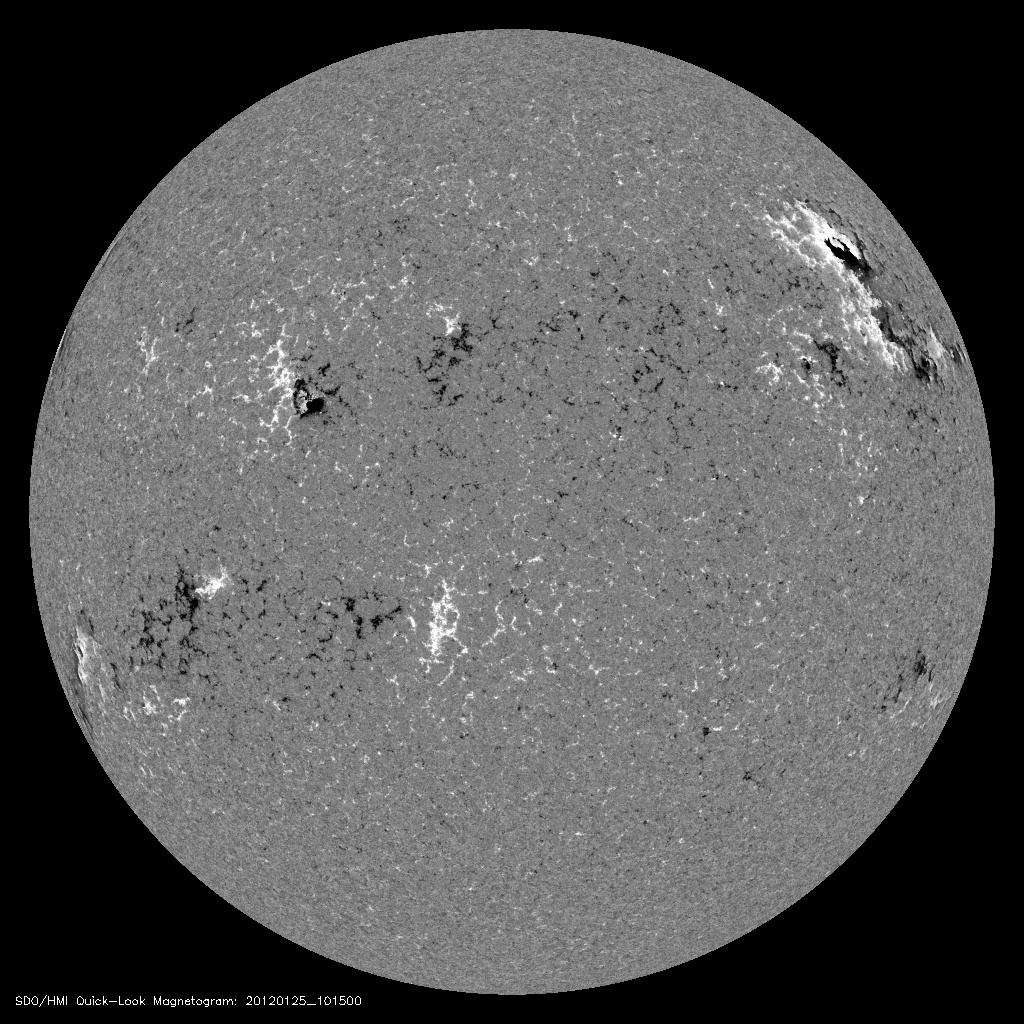
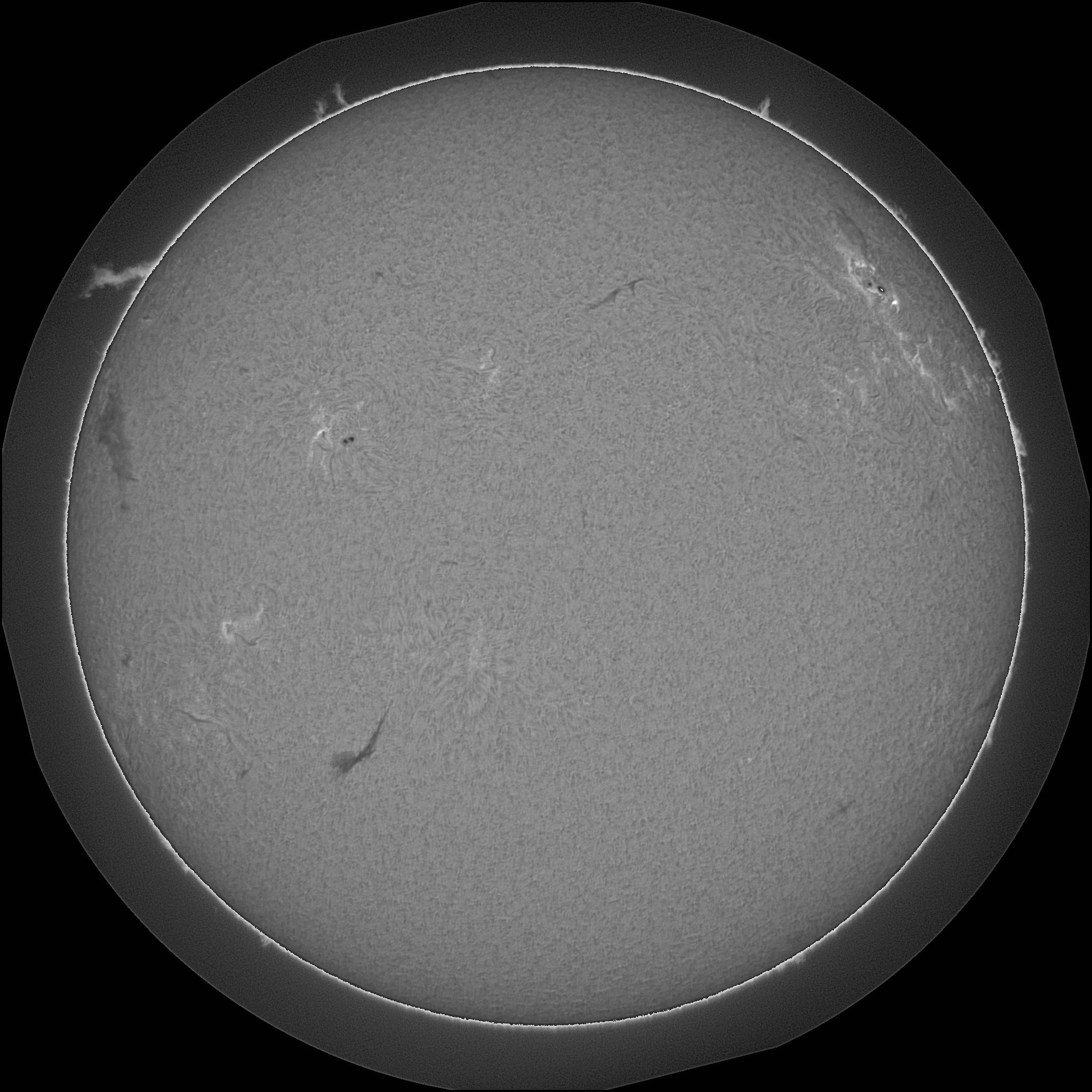
Region
Reports
Notes
Date: January 25, 2012 10:28:30 UT
MM#009 Default HESSI Target
The Major Flare Watch campaign has now finished. NOAA regions 11401 and 11402 have continued to decay, both producing 1 C-class event yesterday. NOAA 11401 remains the more complex of these two regions, maintaining a beta-gamma/E-type sunspot group classification. Further C-class activity is expected, with a small chance for an M-class event.
The position of NOAA 11401 on 25-Jan-2012 at 10:30 UT is: N16W58, ( 794", 316" )
Shaun Bloomfield (Trinity College Dublin)
MM#009 Default HESSI Target
The Major Flare Watch campaign has now finished. NOAA regions 11401 and 11402 have continued to decay, both producing 1 C-class event yesterday. NOAA 11401 remains the more complex of these two regions, maintaining a beta-gamma/E-type sunspot group classification. Further C-class activity is expected, with a small chance for an M-class event.
The position of NOAA 11401 on 25-Jan-2012 at 10:30 UT is: N16W58, ( 794", 316" )
Shaun Bloomfield (Trinity College Dublin)
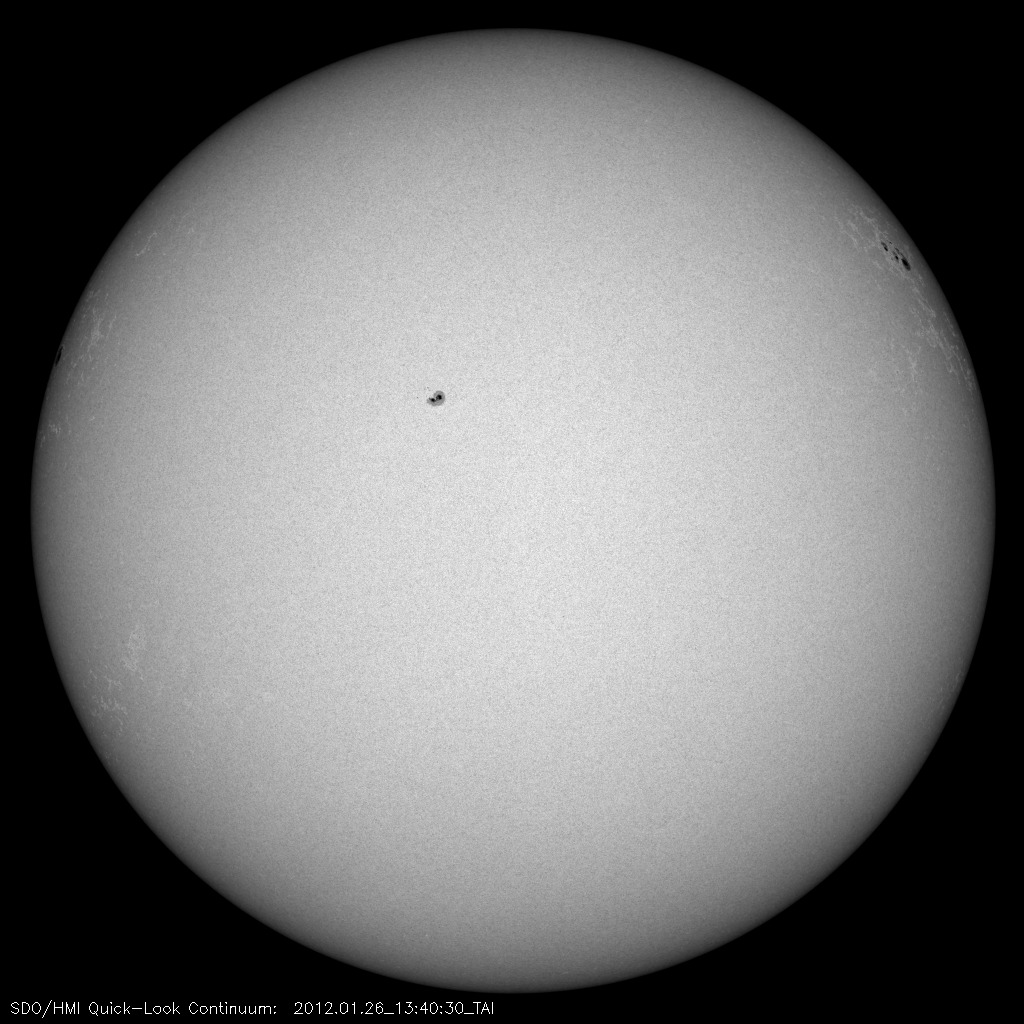
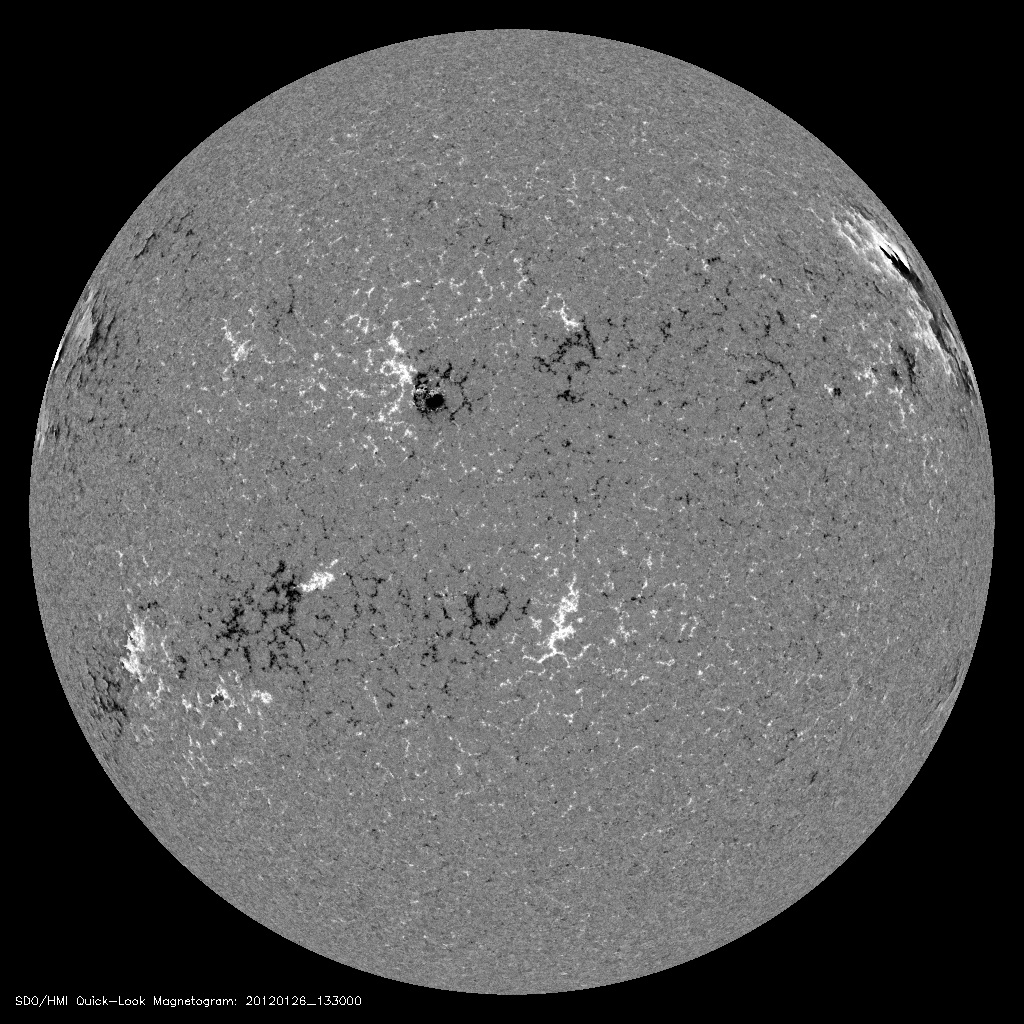
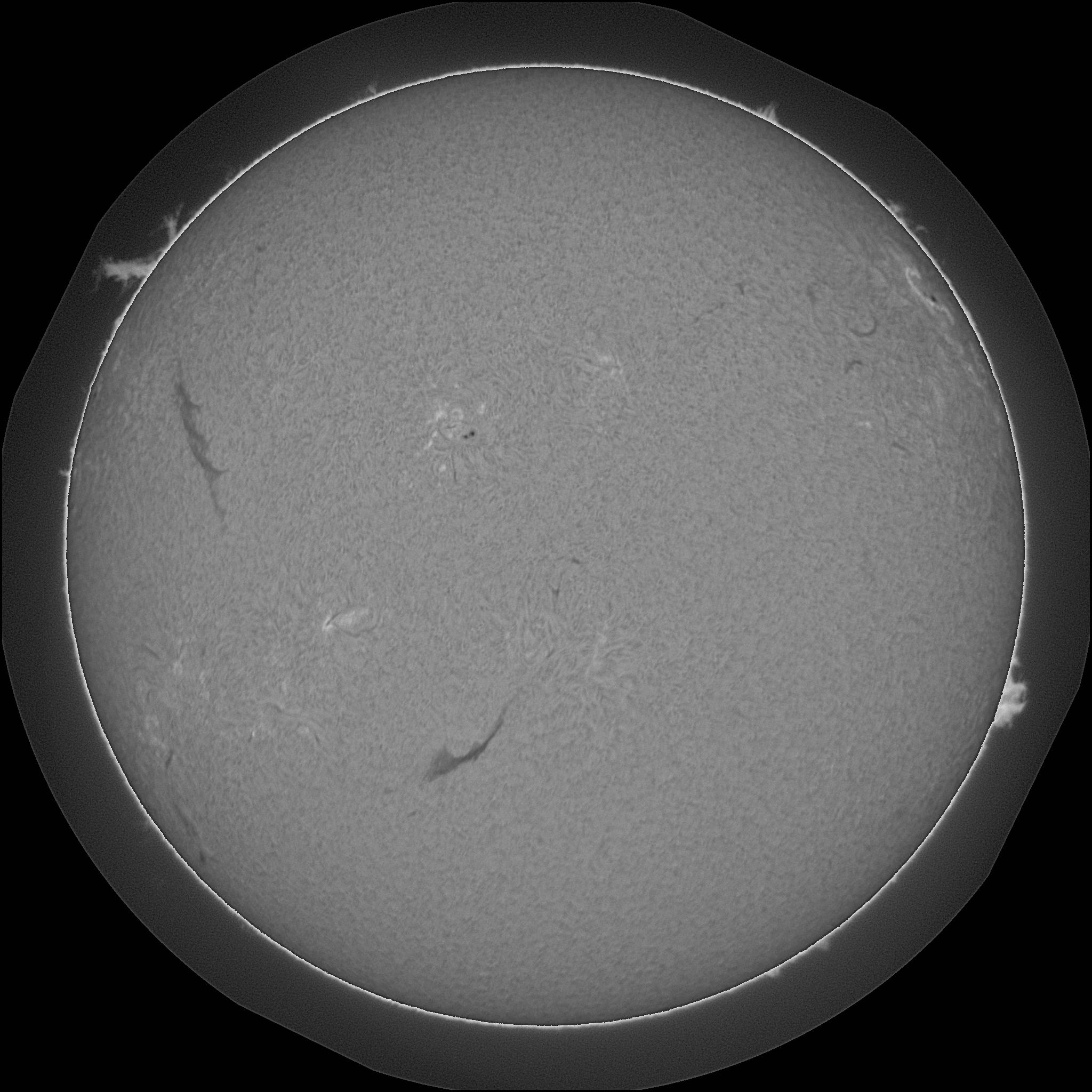
Region
Reports
Notes
MM#009 Default HESSI Target
NOAA region 11402 has continued to decay, decreasing in area
and number of spots. This region has increased in complexity,
now classed as a beta-gamma/D-type sunspot group. NOAA 11402
has produced several C-class events since yesterday's message
(the largest being a C7.9 flare on 26-Jan-2012 at 01:40 UT).
Further C-class activity is likely in the next 24 hours, with
a small chance for an M-class event.
The position of NOAA 11402 on 26-Jan-2012 at 13:30 UT is: N26W67, ( 808", 458" )
Shaun Bloomfield (Trinity College Dublin)
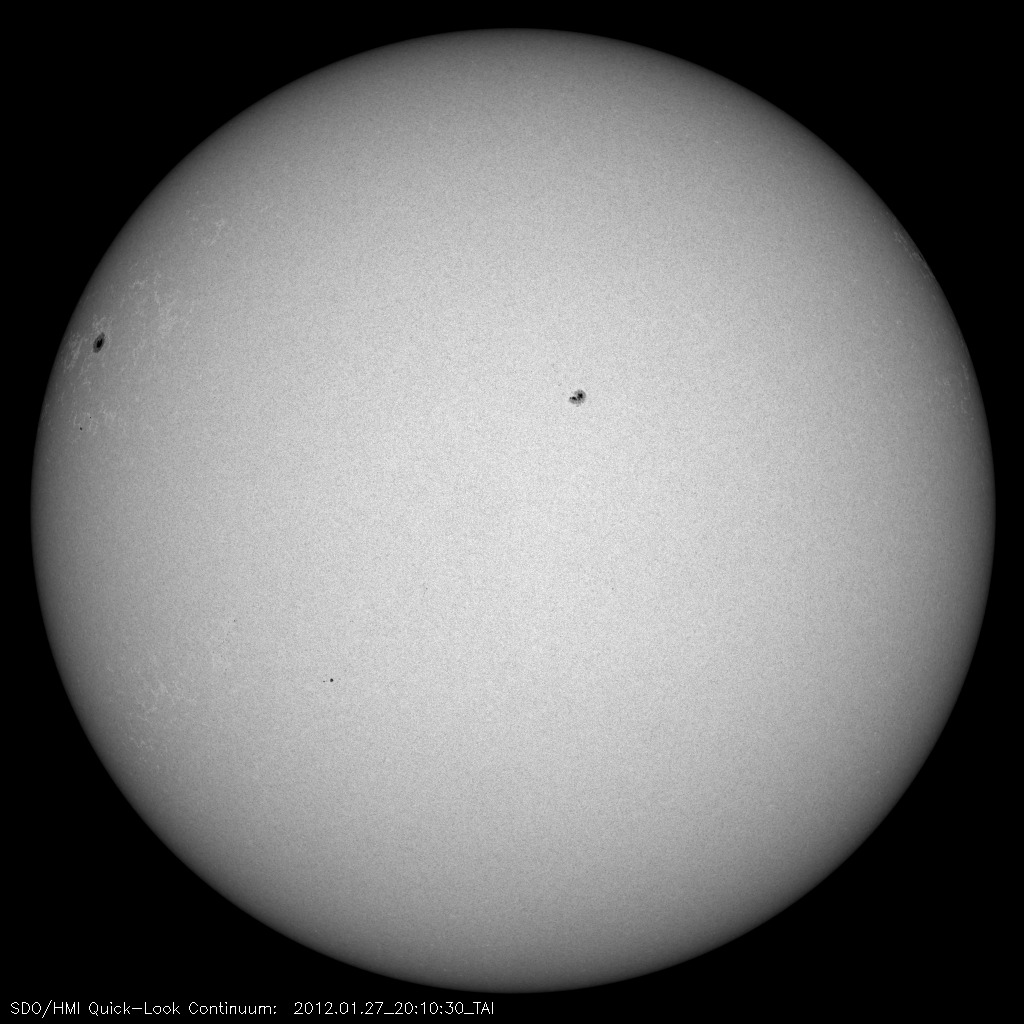
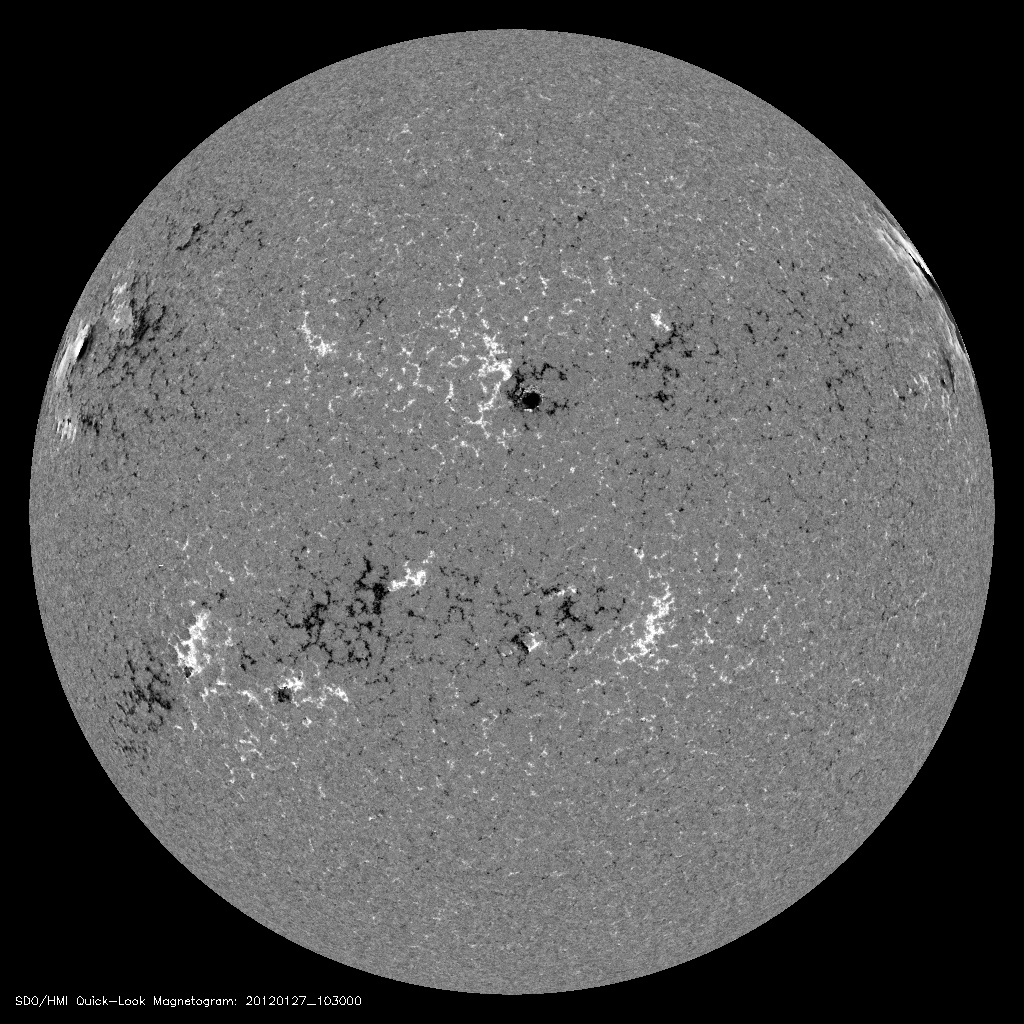
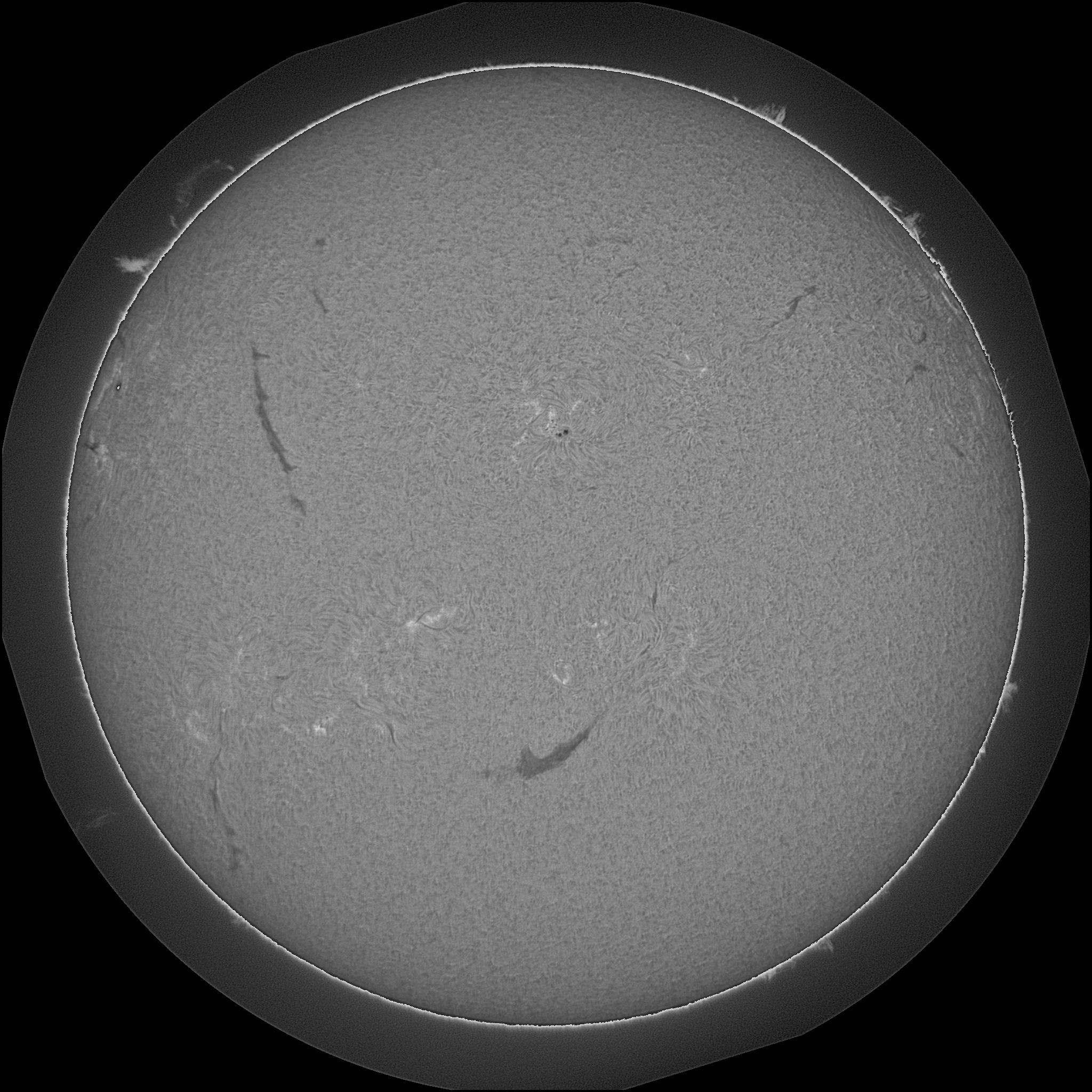
Region
Reports
Notes
MM#009 Default HESSI Target
NOAA region 11402 continues to be the source of C-class events as
it approaches the North West limb, the largest since yesterday's
message being a C5.5 flare on 27-Jan-2012 at 06:24 UT. This region
is currently classified as a beta/D-type sunspot group, although a
higher magnetic complexity may be masked by foreshortening effects close to the limb. Further C-class events are expected in the next 24 hours, with a chance for an M-class event before limb passage.
The position of NOAA 11402 on 27-Jan-2012 at 11:00 UT is:
N29W78, ( 833", 488" )
Shaun Bloomfield (Trinity College Dublin)

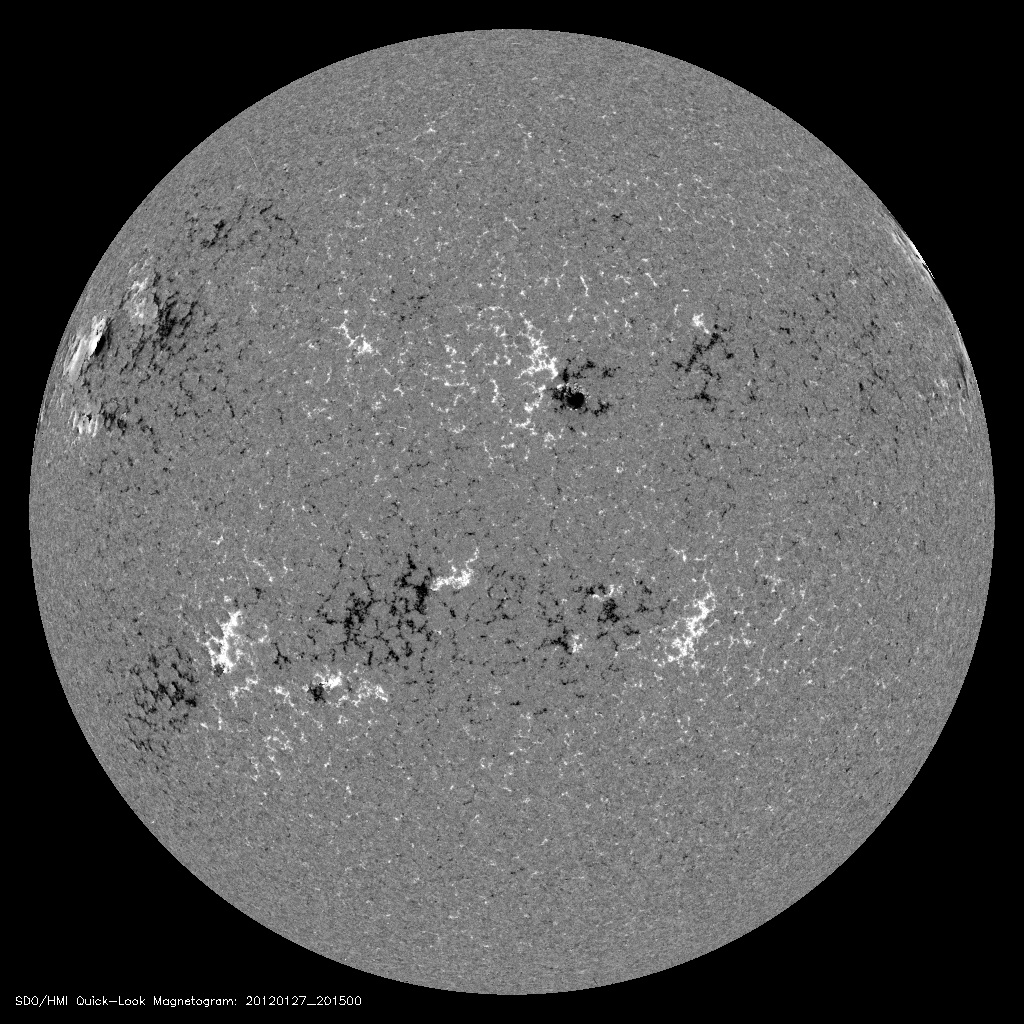
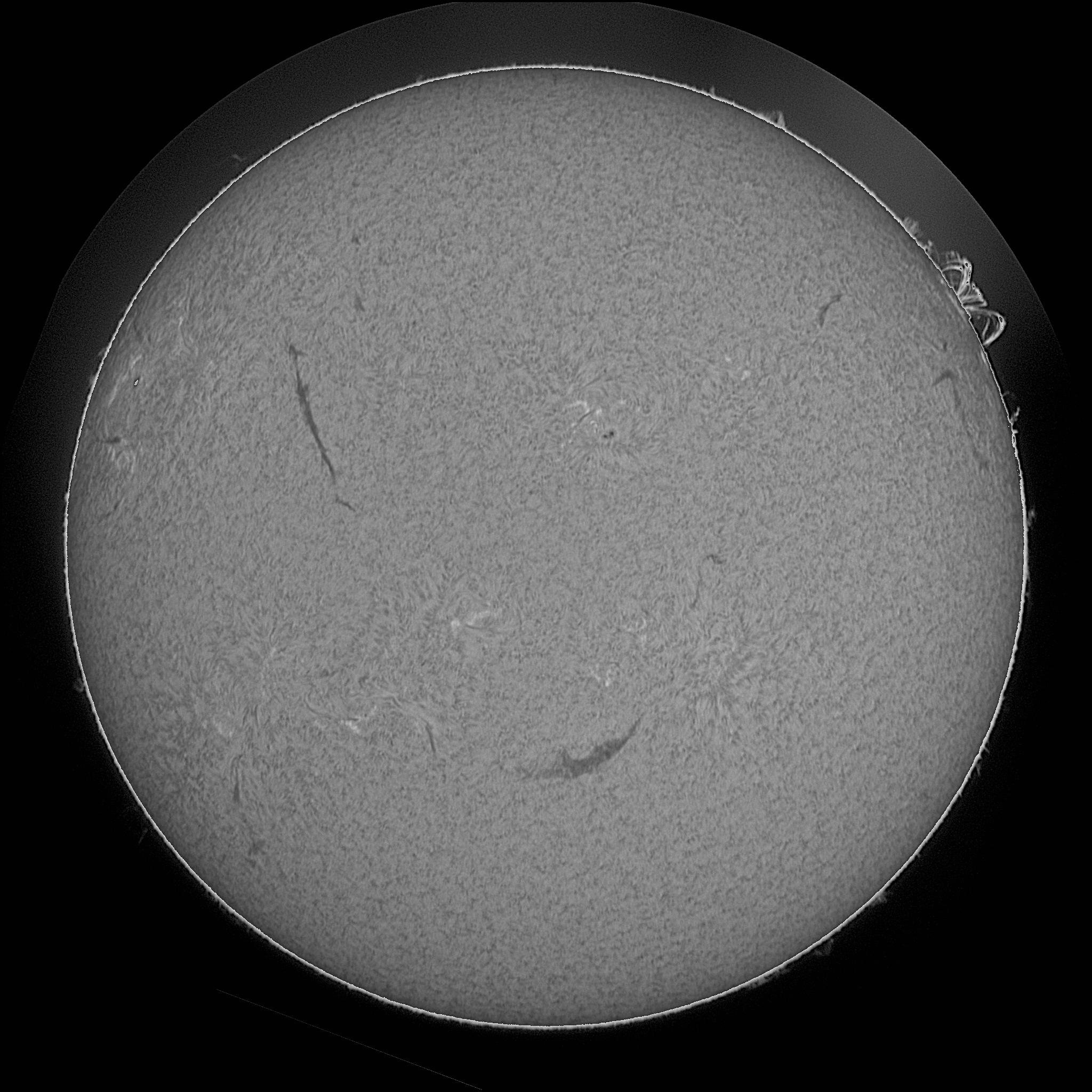
Region
Reports
Notes
MM#003 Major Flare Watch
Target region NOAA 11402 on the North Western limb produced an X1.7 flare today beginning at 17:37 UT. At this time we are implementing a Major Flare Watch campaign. There remains a good chance for a >M5 event before the target region rotates completely over the limb.
The position of NOAA 11402 on 27-Jan-2012 at 20:30 UT is:
N29W83, ( 845", 480" )
Shaun Bloomfield (Trinity College Dublin)
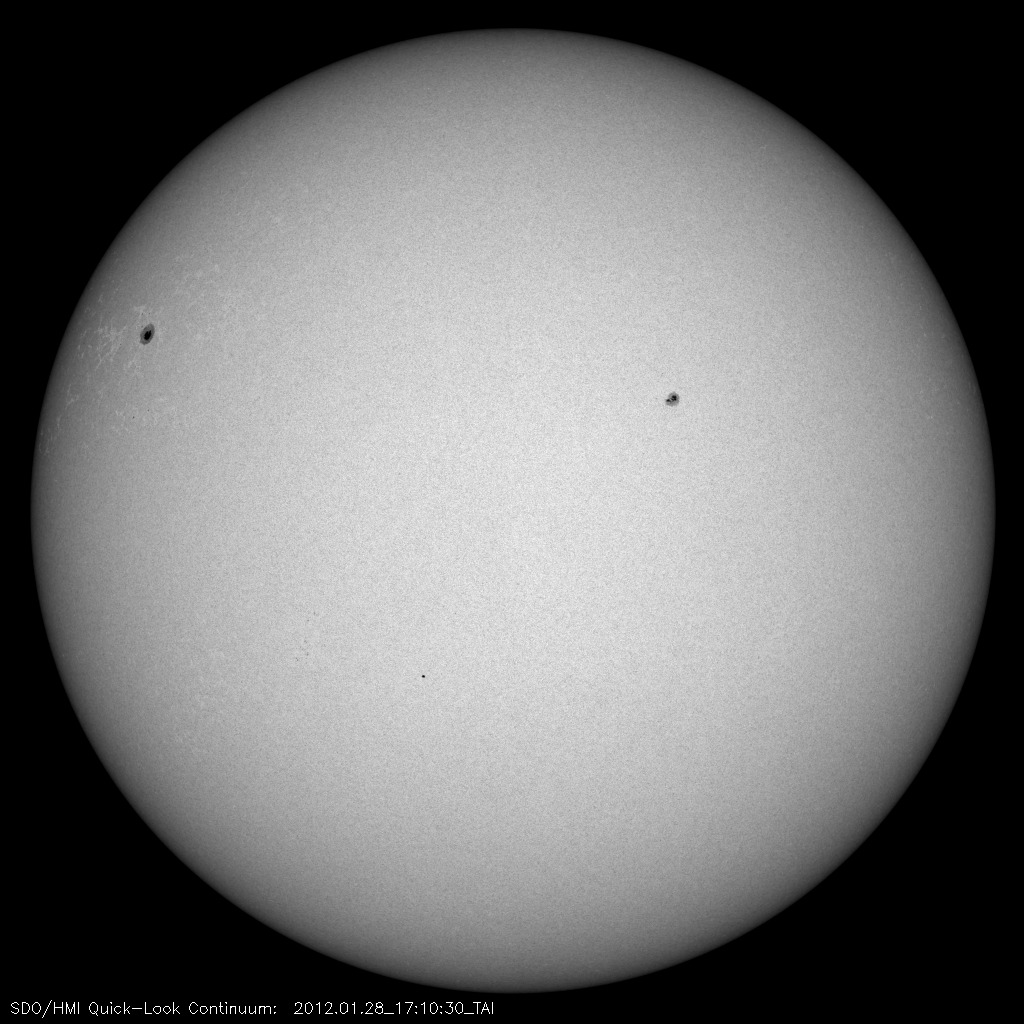
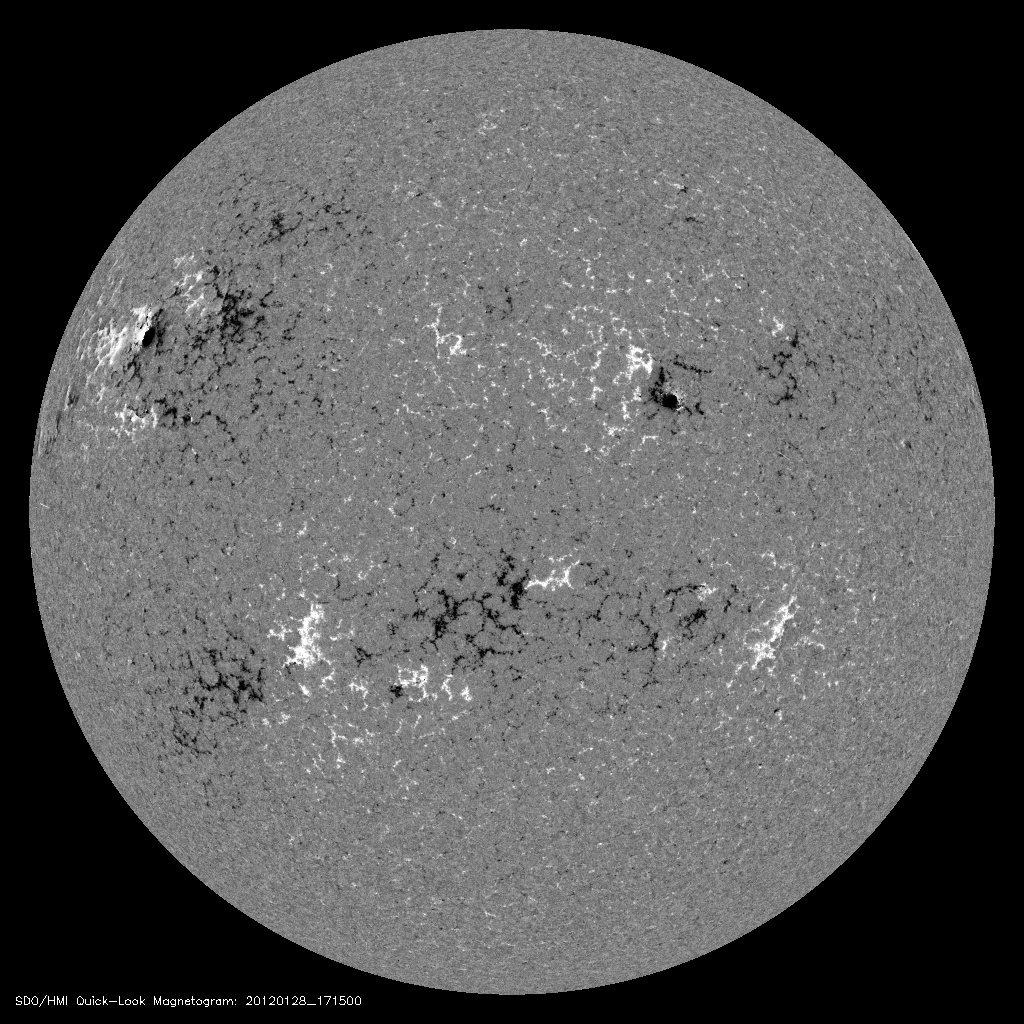
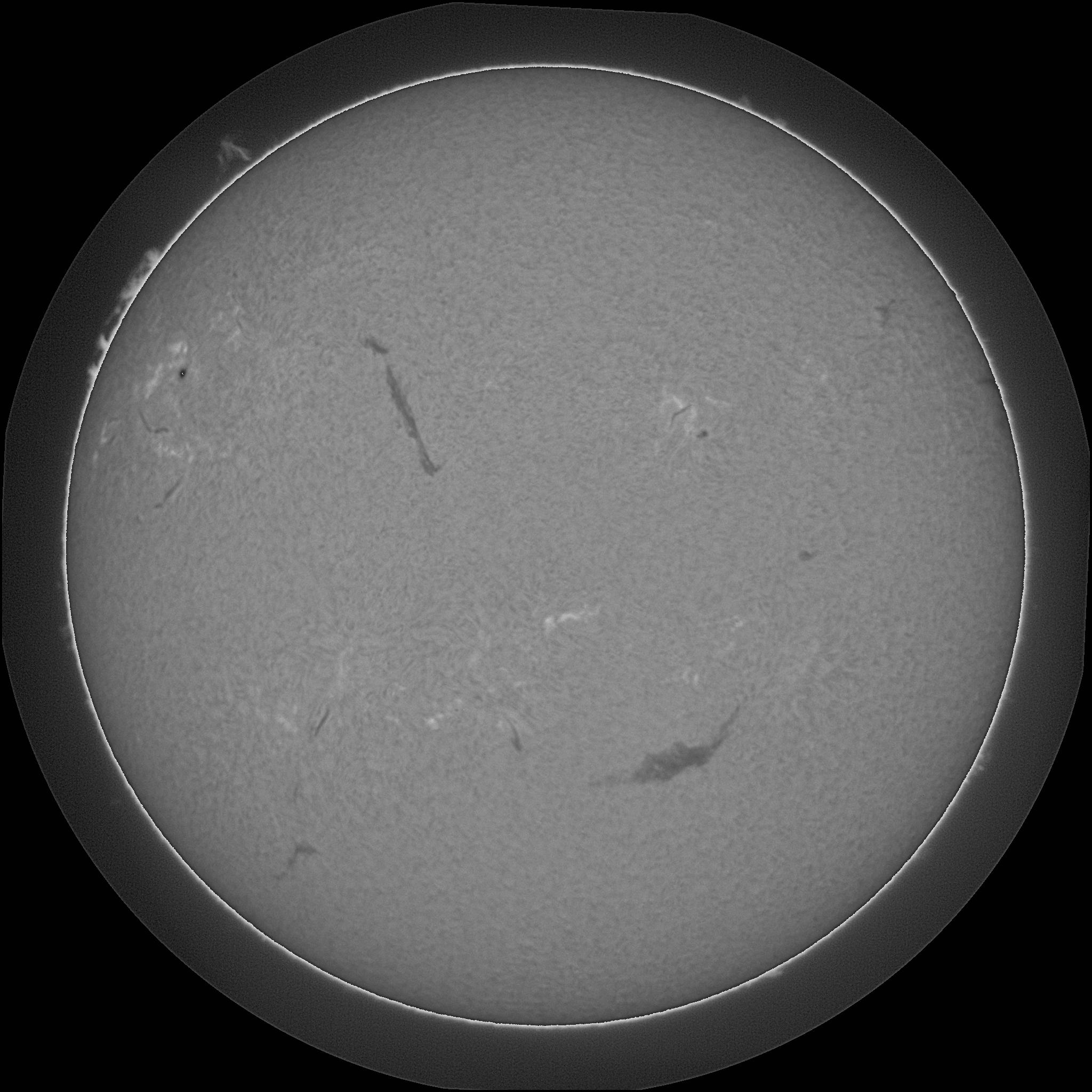
Region
Reports
Notes
MM#003 Major Flare Watch
The level of solar activity has decreased as NOAA region 11402
continues rotating over the North Western limb. The Major Flare
Watch will remain in effect for one more day as there is still
a chance for another >M5 event before NOAA 11402 completely
disappears behind the limb.
The position of NOAA 11402 on 28-Jan-2012 at 17:30 UT is:
N29W90, ( 851", 470" )
Shaun Bloomfield (Trinity College Dublin)
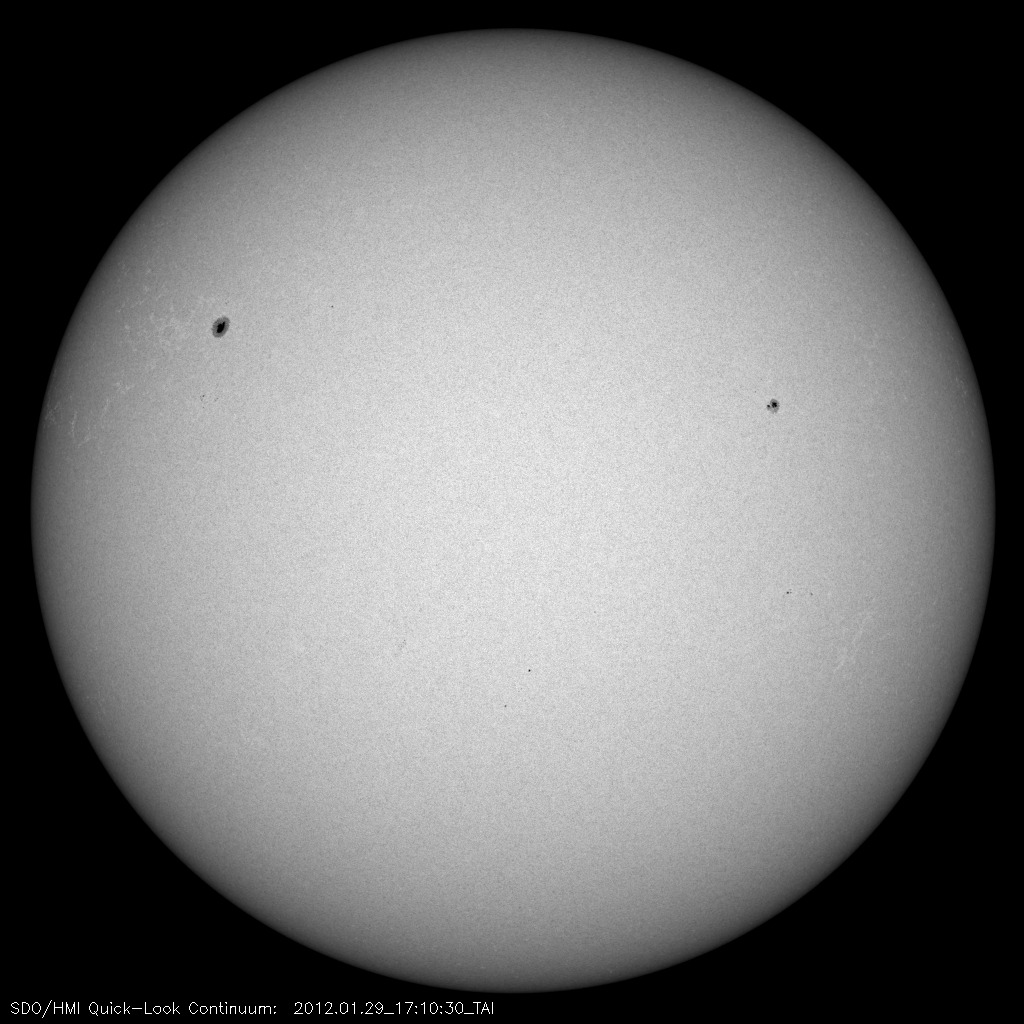
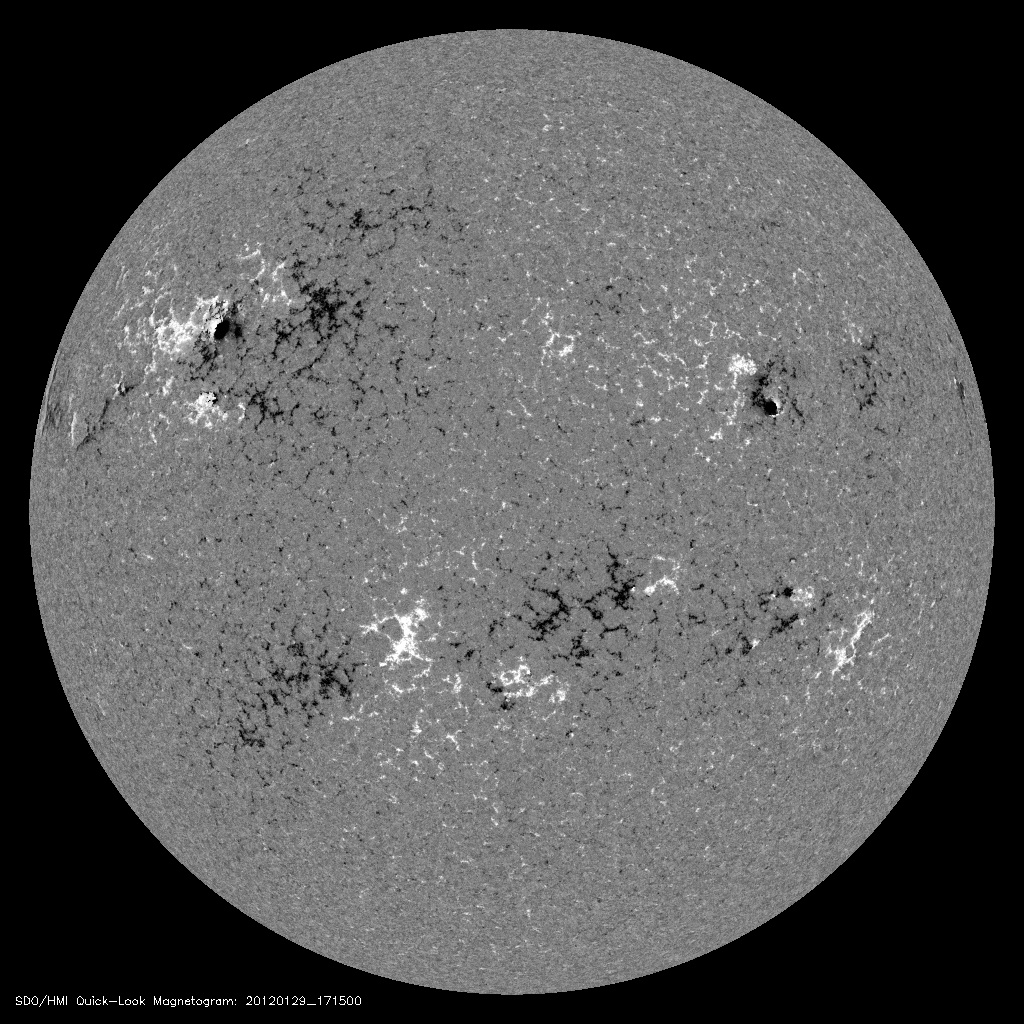
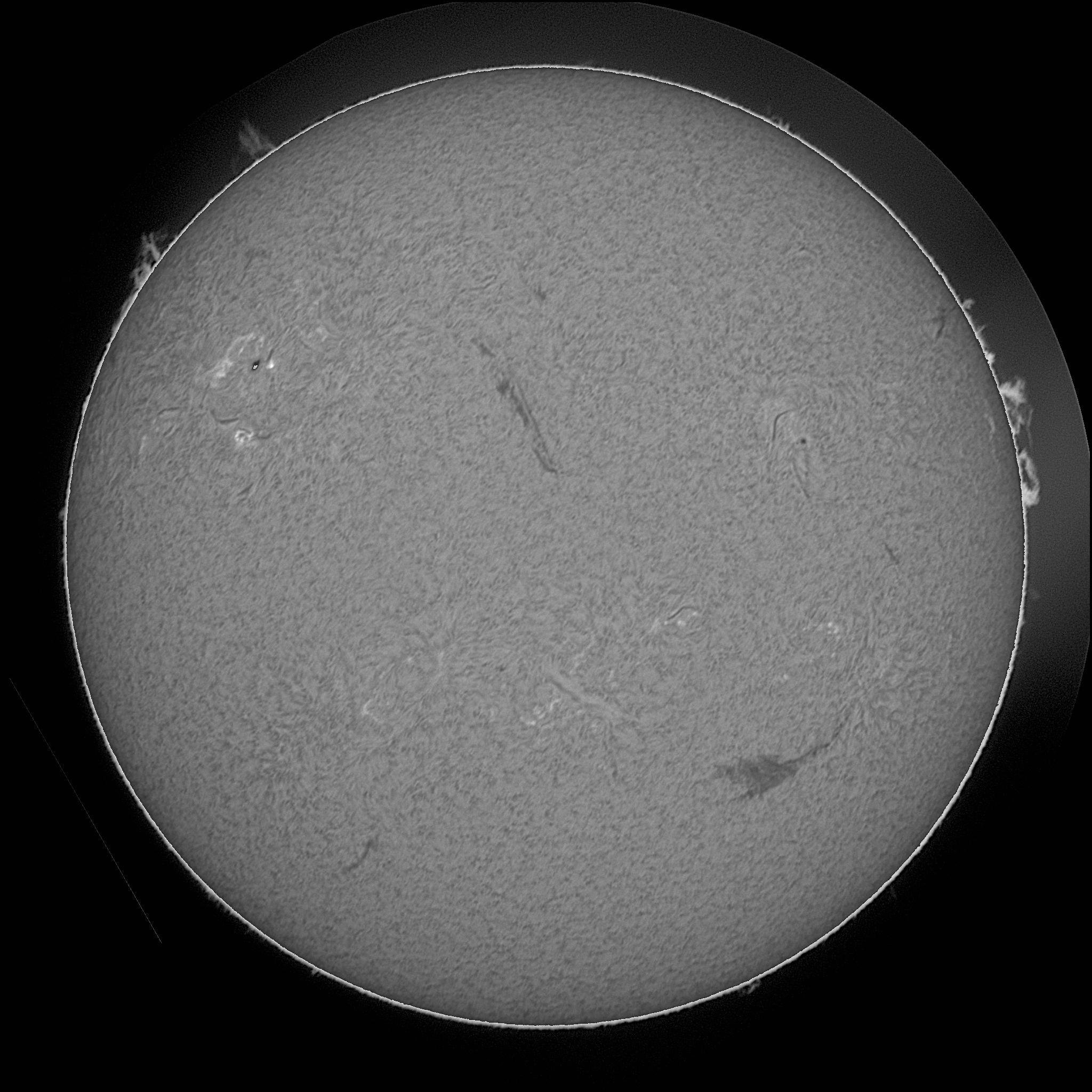
Region
Reports
Notes
MM#009 Default HESSI Target
The Major Flare Watch comes to an end with the spots of NOAA region 11402 rotating over the North West limb. The limb-passage location of 11402 continues as the target region because the overlying loops of 11402 will remain visible for several hours. C-class activity is possible, with a chance for a footpoint-occulted M-class event.
The approximate position of this region on 29-Jan-2012 at 17:30 UT is: N29W90, ( 851", 469" )
Shaun Bloomfield (Trinity College Dublin)